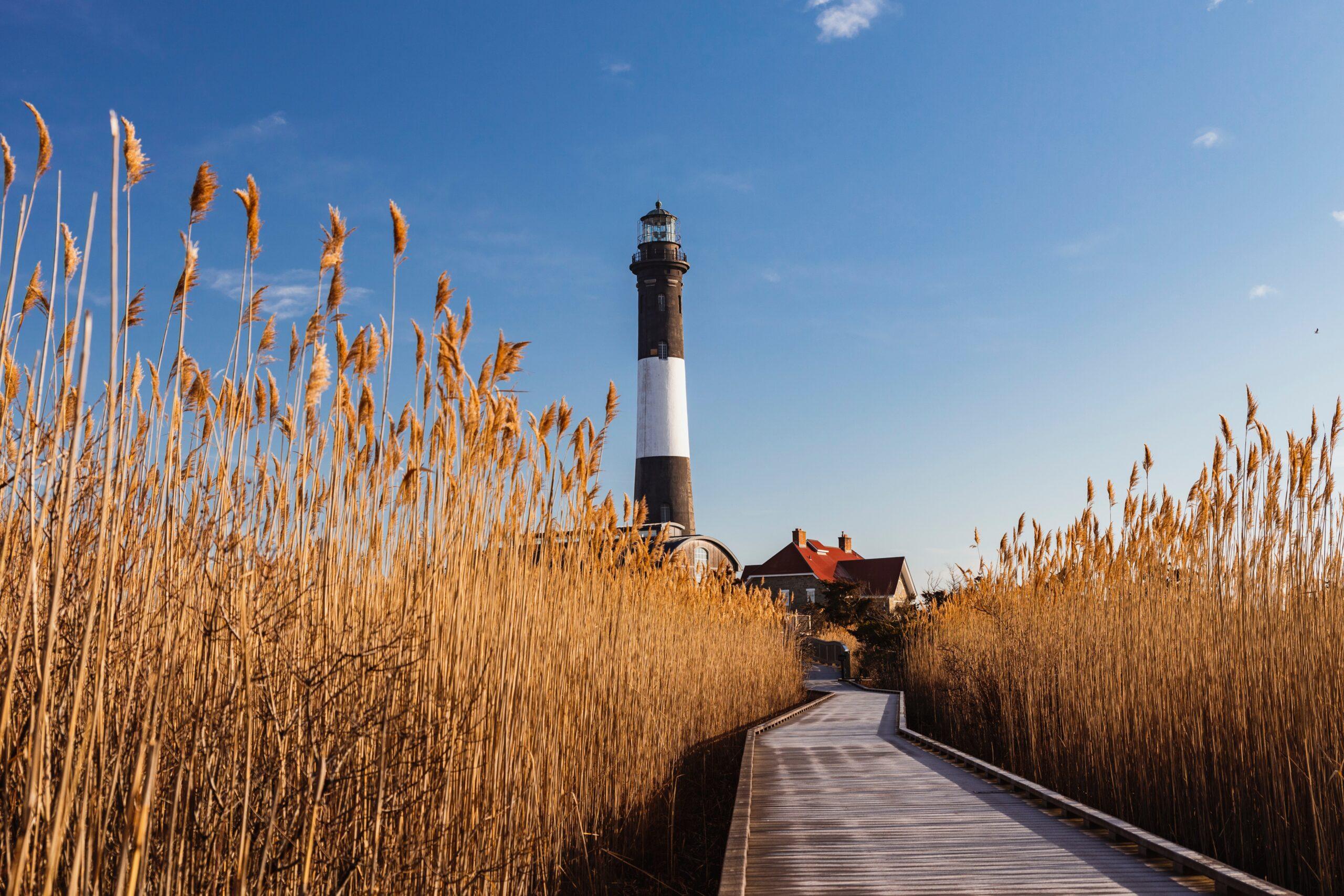My love for nature, flora and fauna has been ingrained in me since birth. At age 5, I became the sole vegetarian in a family of omnivores because I realized that meat was synonymous with animal. I had a penchant for collecting rocks and shells, and I’d carve out my own secret world inside tangles of tree branches. Sure, I had Game Boy and cable TV, but my parents never had to instruct me to play outside.
I’ve carried this love for the natural world with me into adulthood, though my life takes place in an urban jungle. It’s part of my job as an associate editor to be tuned in to the state of modern-day family life. I can appreciate that many initiatives exist encouraging families to embrace an active lifestyle and enjoy the great outdoors. After all, many parents voice concerns about their children living a virtual life online, experts ponder the effects of excessive screen time and one noteworthy author even coined the term “nature deficit disorder.”
For those of us immersed in a hectic schedule and without readily available green space where we reside, finding the time to get in touch with nature can seem daunting and inaccessible. However, I’ve found that an easy way to learn about the world and engage in its myriad environments is to plan a vacation, even a day trip, with a natural component.
A recent trip took me to Kansas to view some of the last remaining stands of America’s tallgrass prairie. I was instantly transported to a century long past. I even glanced at a herd of bison brought to the Tallgrass Prairie National Preserve in an effort to increase the species’ numbers. A program at the preserve allows children to try their hand at earning a Junior Ranger badge by learning about and then showing off their knowledge of the prairie ecosystem. Kids (and some ambitious editors) leave the preserve with their very own ranger badge, along with a greater awareness of the necessity of conservation. The Junior Ranger Program booklet states: “We hope you remember the lessons learned about the importance of protecting our special places, so that your children and future generations will have these same opportunities.”
While Kansas may not be your family’s next getaway, you can find parks with similar programs in your region or areas you intend to visit at the National Park Service’s site, www.nps.gov. Parks encourage children to leave the environment as untouched as they found it while visiting. It’s an important lesson that extends to everyday life once vacation ends.
The earth isn’t the only entity in need of respect. Directly affected by the state of their habitats, animals also require positive human interaction. Get your family up close and personal with wildlife by observing creatures from afar while visiting a park or preserve, or by engaging in an animal encounter at a zoo or aquarium. Encounter programs allow families to spend quality time with creatures like penguins, seals and beluga whales. Your family may interact with aquatic folk and land dwellers while learning about the animals’ needs and how to help ensure they are met. Find natural hubs like aquariums by zip code at naturerocks.org.
Just keep in mind that not all encounter programs obtain their animals in a cruelty-free way. Before participating, ask where the animals came from and how your presence around them directly and indirectly influences the animals’ quality of life. For example, the Mystic Aquarium in Connecticut offers a beluga whale interaction from which proceeds help to fund research about the species as a whole. This aims to better the whale’s longevity in the wild. And at the Long Island Aquarium in Riverhead, penguins that were once going to be illegally sold are now residents in an informative encounter program.
Once you’ve decided on an area for your family’s next trip, it’s time to make sure you pack some essentials. Bug spray, hiking sneakers, tall socks, suntan lotion, hats and eco-friendly water bottles are all great to have with you when nature calls. Also research the locale where you’ll be venturing for specific climate information and other details. Remind the entire family to stay on marked trails and have a map or a guide with you wherever your adventures take you.
Before you immerse your clan in nature, consider getting each family member a sketchbook comprised of recycled paper to bring along for the journey. Prompt your family members to write or draw observations about the natural world during different experiences in the great outdoors. A camera is another great tool for preserving memories of your trips. When you’re home again, put together a scrapbook compiling the drawings and photos. This way, a little natural inspiration is at your fingertips as you plan your next journey.
Resources for Families
- Wildlife Conservation Society, www.wcs.org
- Children & Nature Network, www.childrenandnature.org
- National Audubon Society, www.audubon.org
- The Nature Conservancy, www.nature.org



